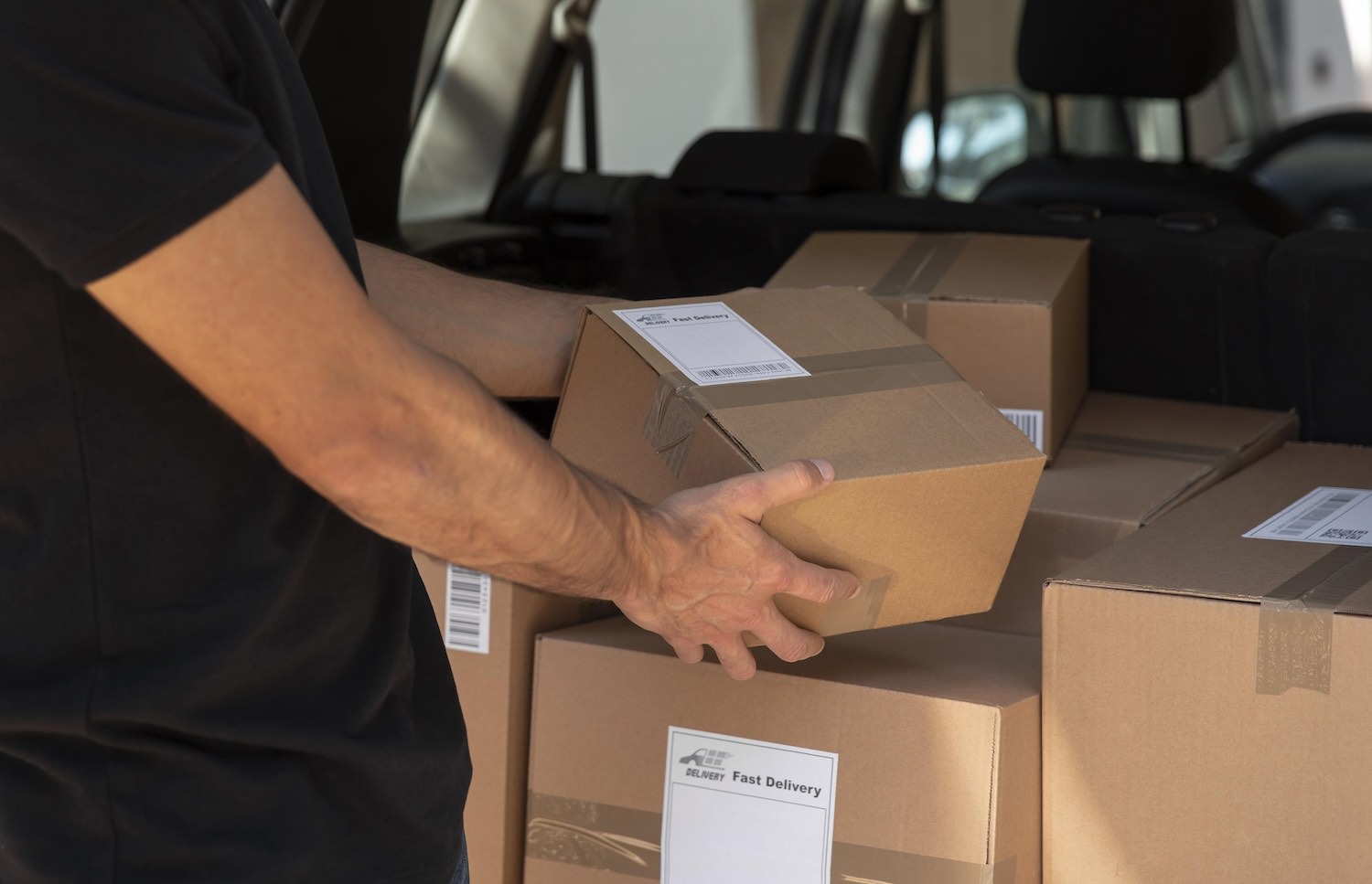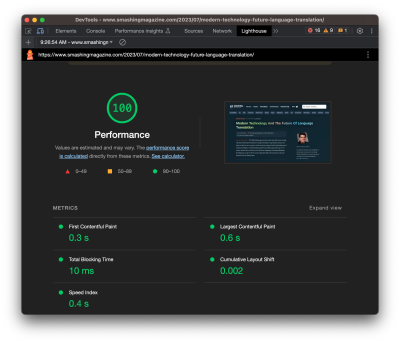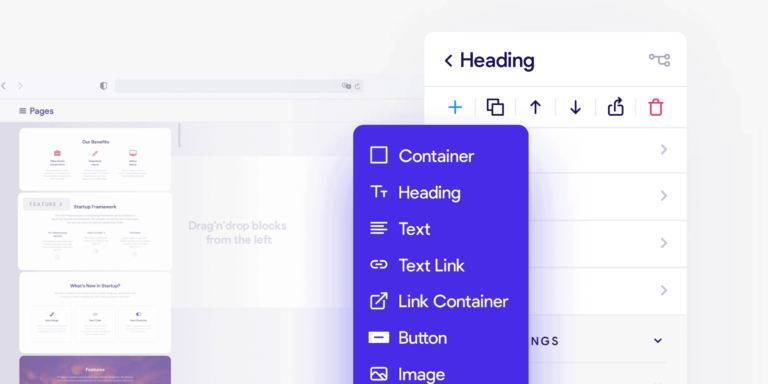While going viral can seem like a dream come true for most businesses, it often brings a wave of challenges that many shop owners dread. Whether you run an e-commerce platform or a physical store, the sudden surge in customers can be as daunting as it is exciting.
Let’s explore why some business owners are apprehensive about their store becoming a viral sensation.
10 Essential Tools to Manage Your Freelance Business Better
10 Essential Tools to Manage Your Freelance Business Better
Looking to manage your freelance work better? Check out these 10 tools for accounting, collaboration, and more.” Read more
1. Demand Overwhelms Supply
Most physical stores have a fixed amount of inventory which includes either finished products or raw materials required for production. These are typically planned based on expected weekly and monthly sales, and sudden viral fame can disrupt this delicate balance.
Fullfilling All Orders
If you choose to fulfill all incoming orders during a viral surge, you may find your shelves empty far sooner than anticipated. Reordering stock usually isn’t a quick process, and during the replenishment period, you might have to turn away customers.
This can pontentially damage your shop’s reputation, as potential customers leave disappointed by the lack of availability.

Limiting Purchases to Manage Stock
Another strategy might be to limit the number of purchases each customer can make per day to manage inventory better. This approach ensures that you don’t run out of stock entirely and that a larger number of customers can purchase something.
However, this can still lead to customer frustration for those who find the daily cap too restrictive and might have to return another day to make a purchase, potentially harming your shop’s reputation in the process.
2. Workload Increases with More Orders
Going viral is rarely anticipated, and most shop owners might find themselves completely unprepared for the sudden explosion in popularity. The first hint often comes as a shock – a drastic spike in orders.
If a typical day at your shop involves managing around 80 orders, and your maximum capacity under normal circumstances is estimated at 200 orders, imagine the chaos when this number doubles to 400 or more due to viral attention. This increase means significantly more work for you and your staff. Tasks range from fulfilling orders to managing customer inquiries and everything in between.

With such an influx, the existing workforce may need to put in extra hours. The questions then arise:
Should you hire temporary staff to cope with the demand? Or, do you risk customer satisfaction by potentially delaying orders?
These decisions are stressful and not something most shop owners want to face.
3. Higher Error Rate
In environments where there is a sudden surge in orders, the pace of work naturally accelerates to meet the higher demand. This rapid pace can significantly increase the likelihood of errors, particularly when staff are pushed to their limits by time constraints.
The rush to fulfill an increased volume of orders can lead to mistakes such as the wrong items being packed or orders being mixed up. These errors not only affect customer satisfaction but also increase the cost of returns and reshipping.
- Register a Domain Name
Registering a domain name is a fundamental step in establishing an online presence, whether it’s for a personal project, a business, or any other endeavor. - Progressive Mix of World News and Propaganda
- Migrating from GoDaddy Website Builder to WooCommerce
Building an online store with a Website Builder is a great starting point for a new business. - WordPress Security Vulnerabilities and Solutions
Security is a massive topic in the modern world. Mental, physical, emotional, financial, cyber, we all care one way or another about at least one of those. - Perform an SEO Audit for WordPress
You can’t simply build a WordPress website and think you’ll attract traffic and users without having a solid search engine optimization strategy.
A key element of any successful search engine optimization strategy is performing regular SEO audits of your website. - LIEFFIE – Digital News and Development
- Advanced Ecommerce Link-Building Strategies
With over 90% of worldwide searches happening on Google, the influence of Google’s ranking algorithm on e-commerce growth and online business performance cannot be overstated. But in this crowded space, how does one emerge victorious? The answer lies in deploying advanced link-building strategies tailored for e-commerce success.
Increased order volumes can overwhelm your customer service team, leading to slower response times for customer inquiries. This can frustrate customers and result in complaints, further impacting your businessâÂÂs reputation.
4. Decreased Employee Morale and Efficiency
The stress of having to work faster, along with the frustration of dealing with more frequent mistakes, can lead to decreased morale among staff. Low morale often manifests as reduced enthusiasm for work, decreased productivity, and a higher rate of employee turnover.

All of these factors can create a cycle of negativity and inefficiency in the workplace.
5. Challenges in Sales and Inventory Planning
Shop owners typically utilize monthly or quarterly sales data to forecast inventory requirements and measure the success of their advertising campaigns. This systematic planning is crucial to ensure sufficient stock levels are maintained based on expected demand, and to evaluate the return on investment (ROI) from advertising efforts.

However, when a shop goes viral unexpectedly, particularly near the end of a month with the trend spilling over into the following month, it can severely distort these metrics.
Shop Owners Who Love Going Viral
Not all businesses fear the prospect of going viral. For owners of certain types of shops, such as those involved in drop shipping or selling digital products, viral popularity can indeed be purely beneficial.
In drop shipping, the shop owner acts merely as a middleman; they don’t keep products in stock. Instead, all orders are automatically redirected to the supplier who handles the inventory, packaging, and shipping. This model eliminates the need for the shop to maintain inventory, thereby removing the risk of stock depletion regardless of order volume. As orders increase due to viral success, the system efficiently scales up since the logistical responsibility lies with the supplier, not the shop owner.

Selling digital products such as eBooks, software, or any downloadable item provides a unique advantage. These products, once created, can be sold infinitely without ever running out of stock. Viral popularity means that more customers are directed to the shop’s digital shelves, which can handle an unlimited number of transactions without any need for restocking or additional overhead costs.
5 Best Online Services to Sell Digital Products Effortlessly
5 Best Online Services to Sell Digital Products Effortlessly
These days, everyone can be a creator. Technology has democratized the creative process, and almost anyone can now… Read more
Final Thoughts
Going viral is a double-edged sword for small businesses. On one hand, it can dramatically increase exposure and sales overnight. On the other, it can deplete inventory, overwhelm staff, and disrupt planned strategies, potentially frustrating customers and taxing internal resources.
For businesses engaged in drop shipping or digital products, viral growth carries fewer risks and more benefits, highlighting how different models can impact outcomes.
Ultimately, the key to leveraging viral success lies in preparedness and adaptability. Balancing the challenges with strategic responses and flexible operations can make all the difference in capitalizing on the opportunities that viral moments present. Whether it’s a boon or a challenge, being ready for the surge is crucial. But hey, if your shop goes viral, it’s still a happy problem to have.







